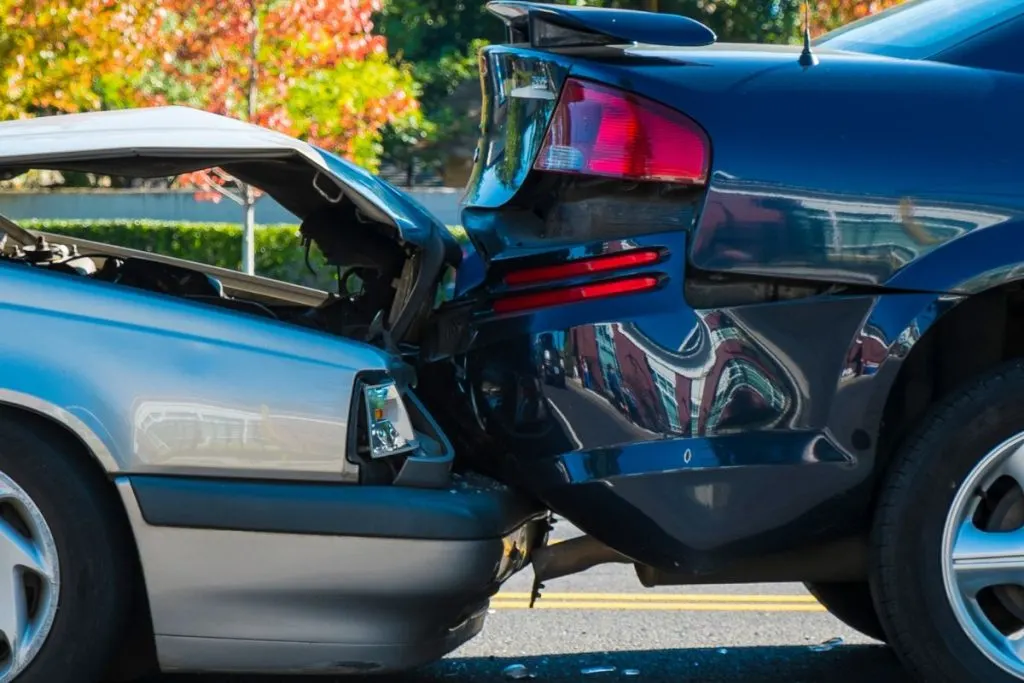When a car accident occurs, determining who is liable for the damages is crucial. This process of finding liability in a car accident case involves assessing various factors that led to it.
One common question that arises is whether the driver or the car owner is responsible for paying for the damages. It is crucial to understand the nuances of car accident liability for effective clarification of this issue.
This process involves investigating important factors such as the driver’s relationship with the vehicle owner, the circumstances of the accident, and relevant state laws. These details make it possible to determine who bears the financial responsibility for the damages resulting from a car accident. Understanding these aspects is instrumental in navigating the intricate nature of car accident claims and ensuring that the responsible party is held accountable.
In this guide, we will delve into car accident liability cases and the parties to be held responsible for the injuries and damages. Read on.
Determining Liability: Driver vs. Car Owner
A verifiable report from the National Highway Traffic Safety Administration (NHTSA) indicates that in 2019, there were 36,096 deaths from motor vehicle accidents in the US.
In many cases, the driver of the vehicle is considered responsible for any damages resulting from a car accident. It is based on the legal principle of negligence, which holds individuals accountable for their actions when they fail to exercise reasonable care.
However, there are exceptions to this rule. For example, if the car owner knowingly allows an incompetent or reckless driver to operate their vehicle, the owner may also be held liable for any resulting damages.
Factors Influencing Liability
Several factors can sway the determination of liability in a car accident case. These may include the relationship between the driver and the car owner, the circumstances of the accident, and any applicable state laws.
For example, if the driver was operating the vehicle with the owner’s permission, the owner may be held liable for the damages. On the other hand, if the driver was using the car without permission, they may be solely responsible for the damages.
State Laws Regarding Car Accident Liability
An accurate report from the Insurance Information Institute states that, in 2019, the average cost per claim for bodily injury was $18,417, while the average cost per claim for property damage was $4,525.
State laws play a major role in determining car accident liability. Each state has its own laws regarding negligence, liability, and insurance requirements.
For example, some states follow a “no-fault” insurance system, where each party’s insurance covers their damages regardless of who was at fault. In contrast, other states follow a “fault” system, where the at-fault party is responsible for paying the damages.
Insurance Coverage for Car Accidents

Insurance coverage is another vital element to consider in car accident cases. The majority of states demand drivers carry the minimum liability insurance to cover damages, injuries, or losses in the event of an accident. However, the specific coverage amounts and requirements vary by state.
Furthermore, drivers may also opt for extra coverage, such as collision and comprehensive insurance, to shield against other types of damage.
In conclusion, determining liability in a car accident case can be a complex process, influenced by various factors such as the driver’s relationship with the car owner, the circumstances of the accident, and relevant state laws. When you take it upon yourself to understand these factors and seek legal guidance when necessary, you can traverse the complexities of car accident liability and ensure that you get the compensation you deserve for your damages.
Also, don’t forget that hiring a competent car accident lawyer greatly reduces the complexity of things.

